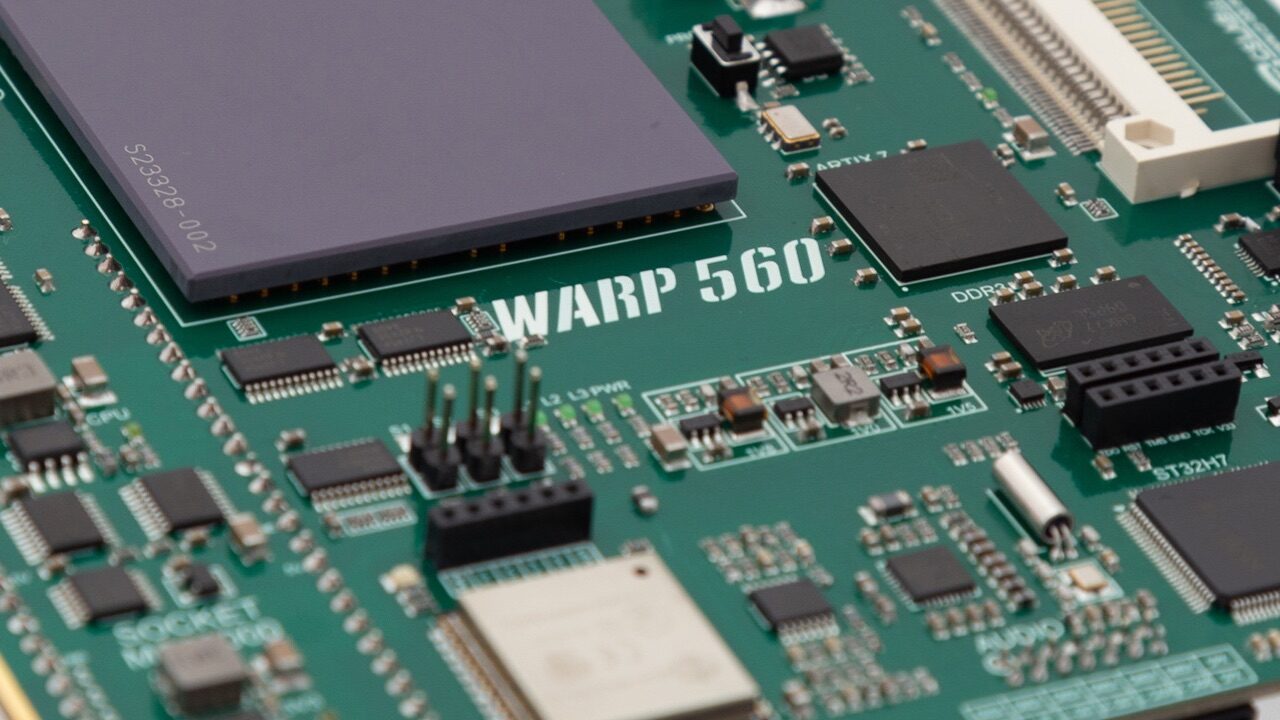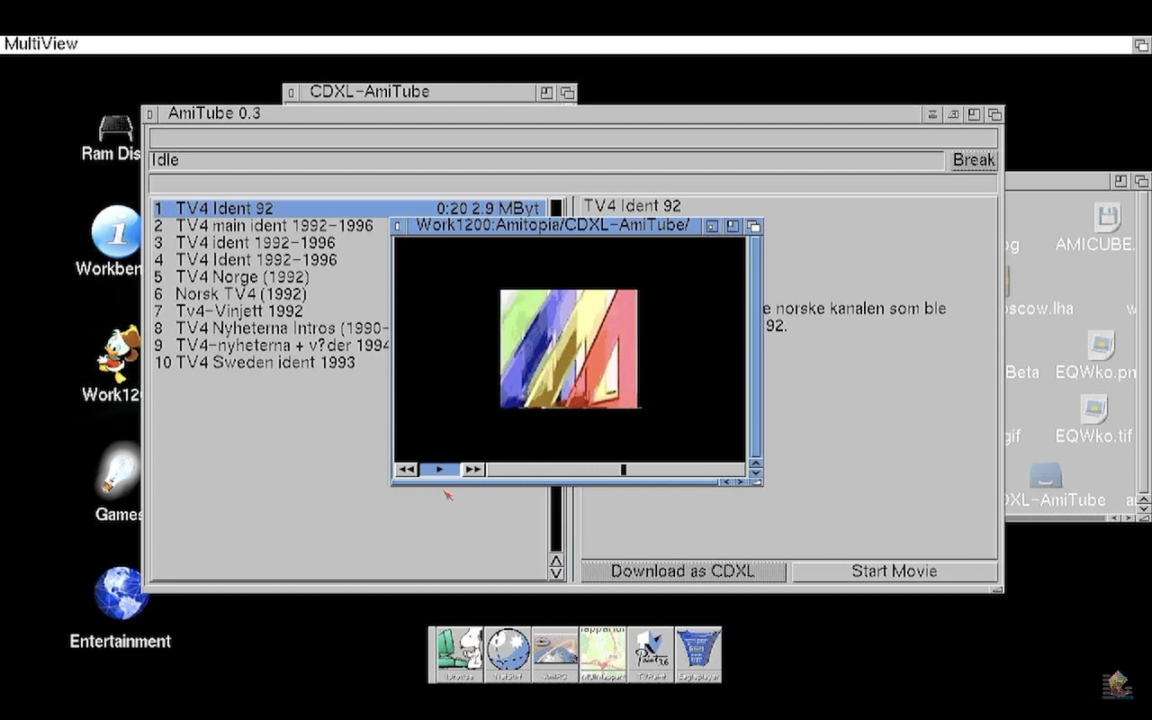The year was 1995. The year of 68060 for Amiga users! Doom has already established itself as a reason for many to buy a PC since 1993. The game was one of the very first intense 3D first-person shooters and a PC magnet for home computing users.
In 1993, Amiga 1200 sales were going better than expected. The Amiga CD32 console was also released at the end of that year by Commodore UK. But Commodore went bankrupt in May 1994. The following months lead to lots of uncertainty for Amiga, but the community kept it strong.
Commodore had a huge chance to break through the negative income. It was a huge rollercoaster all the time until the end.
1995 came with a Wind of Hope and Change
The new era arrived after many months of uncertainty. Phase 5 with its 68060’s and a new Amiga owner brought hope.

It was at that time when the mighty 3rd party accelerator company Phase 5 changed everything together with Amiga supportive companies such as GVP and Apollo Computers (not the ones behind Vampire today. All joined the competition as the future for Amiga looked bright again.
Yes, Phase 5 really did shock the world of Amiga. They were known for their awesome 68030 accelerators. But now everything changed because of the 68060!
68060 was a positive golden number over the 68040 that Apple just had abandoned. They went for PowerPC instead, which meant many years of struggle. But the Amiga was saved, much thought. Amiga magazines at that time hyped the powers of 68060 a lot up with that Amiga computers could finally reach Pentium speeds!
Phase 5 also released PowerPC dual CPU cards later after some years but they weren’t anywhere near 68060 in popularity. MorphOS and then AmigaOS 4.x took the PowerPC route, while Classic stayed on its track.
Today we see that AmigaOS 3.2 would never be possible without the popularity of 68060 in my view. It had such a big impact.
With the 68060 Classic Amiga could reach full speed with Multitasking
The very first 68060 accelerators for Classic Amiga by Phase 5, GVP, and Apollo Computers were all expensive and they are still that today. However, with 68060 you could finally do what PC users could do but in a much smarter and faster environment.
This new and powerful 68k CPU from Motorola was a remarkable leap for the bleeding Amiga community. It managed to slow down the leaking for several years. AmigaOS was yet again one of the most powerful operating systems running on a CPU that could play Doom at PC speeds, listen to MP3s with full quality and use software such as PageStream or even Cinema4D at greater speeds.
Users were fleeing to the PC and Mac platforms still, but the 68060 changed the way people were thinking of Amiga computers. Especially when seeing what kind of amazing Amiga demoscene productions came out.

ESCOM was also into this 68060 change. They got the Amiga rights in 1995 and were also the only company that produced Classic Amiga machines, that shipped Amiga 4000T with a 68060. The future looked more and more bright until they also had to say bye in 1996.
Without the release of 68060 after the fall of Commodore. I am certain that the Amiga community wouldn’t be so strong.
Classic Amiga with 68060 and an RTG card
The Amiga chipset is awesome. But when you add an RTG card to your 68060 equipped Amiga. It changes everything.
Today you can get a Warp1260 or Warp560 card. Later you can get a Warp4060 card too. WarpCDTV is also a thing too. But as then. The 68060 price is still quite expensive. The 68060 never became a mainstream CPU and so the prices for it never went down. 68060 became a pricy legend back in the days and it is still so.
When you do get a chance to get a 68060 equipped Amiga. Having an RTG card with it is a must. Using a 68060 equipped Amiga without an RTG card is not making the full potential of what this CPU can achieve in speeds and performance.

Two Monitors Is Better Than One on the Amiga
I love having two monitors connected to my Amiga 1200.
One of the monitors is connected for RTG output up to 1920×1080 and the other one for the Amiga screen modes out. In this way I can experience AmigaOS as I want. It feels right to have AmigaOS on the RTG screen as it doesn’t drain the Chip RAM. This means you can run many more programs straight from AmigaOS itself.
What do you think of 68060 and how that shaped the world of Amiga?

